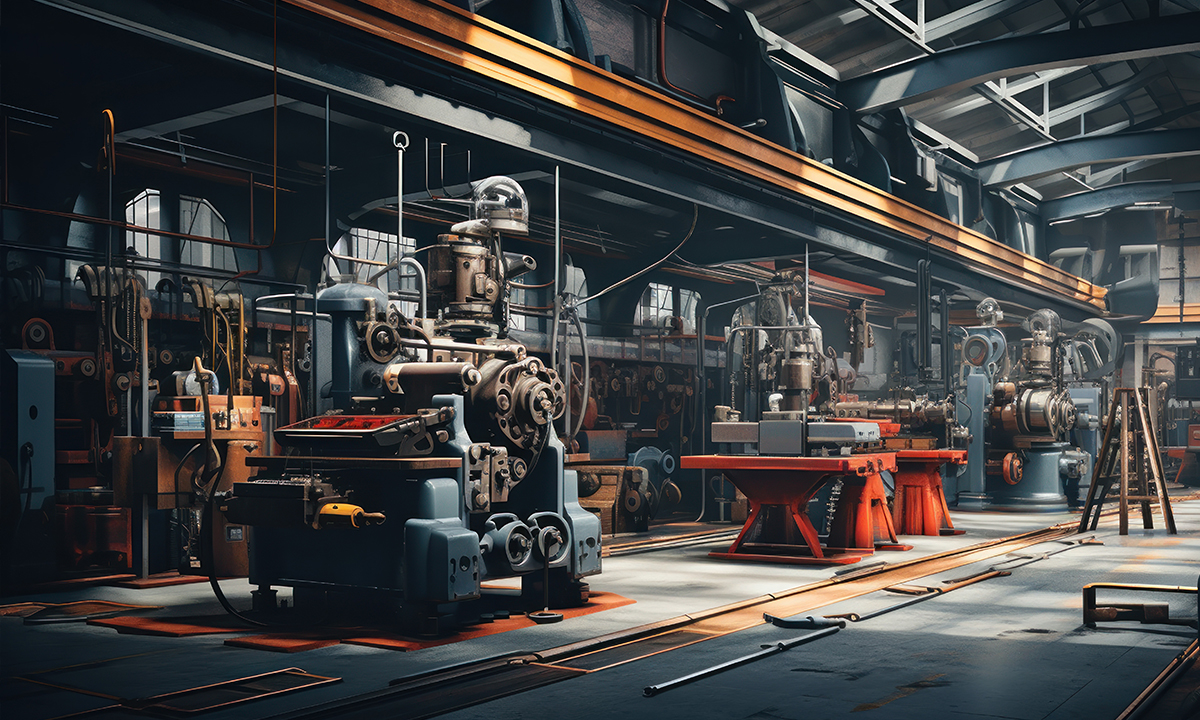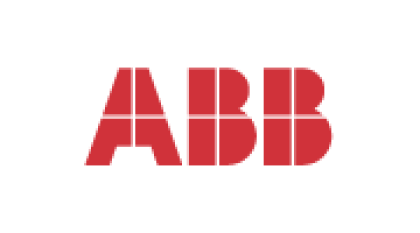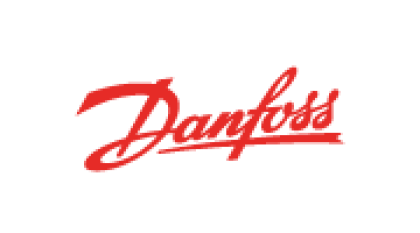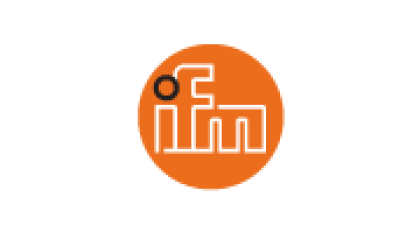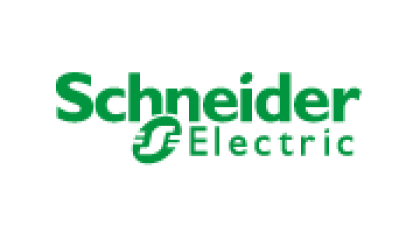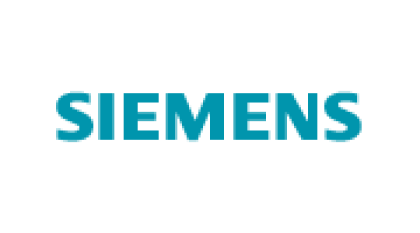Industrial automation has revolutionized the way industries operate, streamlining processes, enhancing efficiency, and improving overall productivity. From robotics to programmable logic controllers (PLCs), the realm of industrial automation encompasses a diverse array of technologies that have significantly impacted various sectors.
In this comprehensive guide, we will delve into the different types of industrial automation systems, explore their applications in manufacturing, discuss their advantages and disadvantages, and provide insights into how they work. Join us on this journey as we unravel the fascinating world of industrial automation systems!
What is Industrial Automation?
Industrial automation refers to the use of advanced technologies and control systems to automate industrial processes traditionally carried out by humans. It involves the application of various equipment such as robots, sensors, and PLCs to streamline production lines, increase efficiency, reduce human intervention, and enhance overall productivity in manufacturing settings. By implementing industrial automation systems, companies can improve accuracy, consistency, and speed in their operations while also reducing labor costs and minimizing errors that may occur during manual processes.
Definition and Overview
Industrial automation refers to the use of control systems like computers or robots to handle different tasks in various industries, primarily manufacturing. It involves replacing manual operations with technology-driven processes to enhance efficiency and productivity. Automation systems can range from simple fixed sequences to complex programmable setups that adapt to changing requirements.
By automating tasks, businesses can streamline their operations, reduce human error, increase production speed, and improve overall quality. This systematic approach allows for greater precision in manufacturing processes while also ensuring a safer working environment for employees. Industrial automation plays a crucial role in modernizing industries and driving advancements in technology.
Types of Industrial Automation
Industrial automation encompasses various systems that streamline and optimize manufacturing processes. Fixed Automation involves dedicated equipment for a specific task, suitable for high volume production lines. Programmable Automation utilizes computer programs to control machinery, offering flexibility in reprogramming for different tasks.
Flexible Automation allows quick changes in product design or batch size without extensive reprogramming. Integrated Automation integrates multiple automated systems into a cohesive unit, enhancing efficiency and coordination. Process Automation focuses on continuous processes like chemical production with minimal human intervention. Robotic Process Automation uses software robots to automate repetitive tasks across applications seamlessly.
Fixed Automation
Fixed automation refers to the use of specialized equipment to carry out a set sequence of operations. This type of industrial automation is best suited for high-volume production processes where the tasks are repetitive and do not change frequently. Fixed automation systems are designed to perform specific tasks efficiently without the need for reprogramming or reconfiguring.
In fixed automation, the equipment is dedicated to a particular product or process, making it cost-effective for mass production scenarios. While offering consistency and reliability in manufacturing operations, fixed automation may lack flexibility when it comes to adapting to changes in product design or production requirements.
Programmable Automation
Programmable Automation refers to systems that can be easily reprogrammed or modified to adapt to different tasks or production requirements. This type of industrial automation allows for greater flexibility and versatility in manufacturing processes. By using programmable logic controllers (PLCs) or computers, operators can quickly adjust settings and parameters without the need for extensive reconfiguration of machinery.
Programmable Automation is widely used in industries where frequent changes are necessary, such as automotive assembly lines or semiconductor manufacturing. With the ability to store multiple programs and switch between them seamlessly, this technology streamlines operations and improves efficiency on the factory floor.
Flexible Automation
Flexible automation in industrial settings refers to the ability of systems to easily adapt and reconfigure themselves for varying tasks without requiring significant manual intervention. Unlike fixed automation, which is rigid and specialized for specific functions, flexible automation offers versatility and agility. This type of automation is particularly useful in environments where production needs are dynamic, allowing manufacturers to efficiently switch between different products or processes.
By incorporating technologies such as programmable logic controllers (PLCs) and robotics with advanced sensors and software, flexible automation enables rapid adjustments to production lines while maintaining high levels of accuracy and efficiency. This flexibility empowers businesses to respond swiftly to market demands and optimize their operations effectively.
Integrated Automation
Integrated automation refers to the combination of various control systems within a manufacturing environment to streamline operations. It involves linking different automated processes together, allowing for seamless communication and coordination between machines and equipment.
By integrating different automation technologies such as robotics, PLCs, and sensors, businesses can achieve higher levels of efficiency and productivity. This approach enables the synchronization of tasks across multiple functions, leading to improved quality control and reduced downtime in industrial settings.
Process Automation
Process automation involves the use of technology to streamline and optimize industrial processes. It focuses on automating repetitive tasks, reducing human intervention, and improving efficiency in manufacturing environments. By implementing process automation systems, companies can increase productivity, reduce errors, and enhance overall operational performance.
These systems are designed to control and monitor various stages of a production process, such as assembly lines or chemical processing plants. Process automation utilizes sensors, actuators, and controllers to automate workflows and ensure smooth operations throughout the manufacturing cycle.
Robotic Process Automation
Robotic Process Automation (RPA) is a cutting-edge technology that utilizes software robots or artificial intelligence to automate repetitive tasks traditionally performed by humans. These robots can mimic human actions like opening emails, copying data, and entering information into applications with speed and accuracy.
RPA streamlines workflows, enhances productivity, reduces errors, and enables employees to focus on more strategic tasks. By integrating RPA into business processes, organizations can achieve operational efficiency and cost savings while improving overall performance.
Advantages and Disadvantages of Automation
Automation in industrial processes offers numerous advantages, such as increased productivity, enhanced efficiency, and improved quality control. These systems can operate continuously without the need for breaks or rest, leading to higher output levels and reduced labor costs. Additionally, automation can handle repetitive tasks with precision and consistency, minimizing human error and ensuring uniformity in production.
On the flip side, one of the main disadvantages of automation is the initial high cost of implementation and maintenance. Companies may face challenges in adapting their existing infrastructure to accommodate automation technologies. Another drawback is the potential job displacement caused by automation replacing manual labor tasks, which raises concerns about unemployment rates in certain industries.
Explore the pros and cons
Industrial automation systems offer numerous advantages, such as increased productivity, improved quality control, and enhanced safety measures in manufacturing processes. Efficiency gains from automation can lead to cost savings and a competitive edge in the market. However, there are also drawbacks to consider.
One potential disadvantage of industrial automation is the initial high costs associated with implementing automated systems. Additionally, reliance on technology can pose risks such as system failures or cybersecurity threats that could disrupt operations. It's crucial for businesses to weigh these pros and cons carefully before integrating automation into their processes.
Automation Applications in Manufacturing
Automation applications in manufacturing have revolutionized the industry by streamlining processes and enhancing productivity. One notable example is the use of robotic automation for assembly line tasks, such as welding, painting, and material handling. These robots can perform repetitive tasks with precision and efficiency, reducing human errors and improving overall quality.
Furthermore, automation systems like Programmable Logic Controllers (PLCs) are widely used in manufacturing plants to control machinery and monitor production processes. PLCs aid in automating complex operations, ensuring seamless coordination between different machines for optimized production outcomes.
Real-world examples and case studies
Industrial automation has revolutionized manufacturing processes across various industries. Real-world examples showcase the practical application of automation systems. For instance, in automotive manufacturing, robots are utilized for tasks like welding and painting, increasing efficiency and precision.
Another example is in the food and beverage industry where automated packaging systems streamline production lines, reducing human error and ensuring consistent packaging quality. These case studies highlight the tangible benefits of industrial automation in enhancing productivity and maintaining high standards in manufacturing operations.
How Industrial Automation Works
Industrial automation refers to the use of control systems, such as robots or programmable logic controllers (PLCs), to operate various industrial processes with minimal human intervention. These systems are designed to carry out tasks efficiently and accurately, improving productivity and consistency in manufacturing operations.
In a typical industrial automation setup, sensors gather data on the process, which is then analyzed by the control system. Based on this information, the system makes decisions and initiates actions through actuators to regulate machinery and equipment. This seamless integration of hardware and software enables automated processes to run smoothly and optimize production outputs.
Insight into the functionality of different systems
Industrial automation systems function based on their design and purpose. Fixed automation systems are set up for repetitive tasks with little variation, suitable for mass production lines like bottling plants. Programmable automation allows for reprogramming to accommodate changes in the process, offering more flexibility than fixed systems.
Flexible automation systems can adapt to different products or processes without significant reconfiguration, making them versatile for various manufacturing needs. Integrated automation combines different technologies into a unified system to optimize efficiency and communication between machines. Understanding these functionalities is crucial in selecting the right industrial automation system for specific business requirements.
Beginning Your Industrial Automation Journey
Embarking on your industrial automation journey is an exciting step towards enhancing efficiency and productivity in manufacturing processes. To start, it's crucial to assess your current systems and identify areas where automation can bring significant improvements. This initial evaluation will help you determine the type of automation system that best suits your needs.
Next, research different automation technologies available in the market and their compatibility with your existing infrastructure. Consider reaching out to industry experts for guidance on selecting the right solution tailored to your specific requirements. Planning ahead and investing time in understanding the fundamentals of industrial automation will set a solid foundation for a successful implementation process.
Steps to get started
To embark on your industrial automation journey, begin by conducting a thorough assessment of your current processes and identifying areas where automation can enhance efficiency. This initial step involves evaluating the tasks that are repetitive, time-consuming, or prone to errors, paving the way for strategic implementation.
Next, prioritize which processes to automate based on their impact on productivity and potential return on investment. Develop a clear roadmap outlining milestones, timelines, and budget considerations to guide you through the implementation process smoothly and effectively. By taking these proactive steps, you set yourself up for success in integrating industrial automation into your operations seamlessly.
Conclusion
As we wrap up our exploration of industrial automation systems, it is clear that there are various types tailored to meet specific industry needs. From fixed automation to robotic process automation, each system brings its unique advantages and challenges. Understanding the nuances of these technologies is crucial for businesses looking to streamline their operations and enhance efficiency.
By delving into the intricacies of industrial automation, organizations can harness the power of technology to drive innovation and productivity. Embracing automated solutions opens up new possibilities for growth and competitiveness in an increasingly digital landscape.
Key takeaway points from the article
Industrial automation is a critical component of modern manufacturing processes, offering various types of systems tailored to different needs. Understanding fixed, programmable, flexible, integrated, process, and robotic process automation can help businesses optimize their operations.
Each type of industrial automation has its own set of advantages and disadvantages that should be weighed carefully before implementation. While automation can enhance efficiency, productivity, and safety in manufacturing environments, it also requires initial investments in technology and training.
Real-world examples showcase the diverse applications of industrial automation across industries like automotive production lines or food processing plants. By leveraging technology effectively through automated systems, companies can streamline processes and meet demand more effectively.
Learning how industrial automation works provides insight into the intricate functionality behind these systems. From simple fixed machines to advanced PLCs controlling entire production lines with precision and accuracy – understanding the mechanics is crucial for successful implementation.
For those embarking on their industrial automation journey, taking steps like assessing current needs, researching suitable systems/providers, investing in employee training programs are essential for a smooth transition towards automated processes.
Implementing the right type of industrial automation can revolutionize manufacturing operations by improving efficiency and productivity while reducing human error. By staying informed about the latest advancements in this field and adopting a strategic approach to deployment,
businesses can stay competitive in an increasingly automated world."
Understanding the various types of industrial automation systems is crucial for businesses looking to streamline their operations and stay competitive in today's fast-paced market. From fixed automation to robotic process automation, each system offers unique advantages and challenges that need to be carefully considered.
When implementing industrial automation, it is essential to weigh the benefits such as increased productivity, improved efficiency, and reduced human error against potential drawbacks like high initial costs and the need for specialized training.
By exploring real-world examples of automation applications in manufacturing, businesses can gain valuable insights into how these systems can revolutionize their processes and drive growth.
To begin your industrial automation journey, start by conducting a thorough assessment of your current operations and identifying areas where automation can make a significant impact. Collaborating with experienced partners or consultants can also help navigate the complexities of selecting and implementing the right system for your specific needs.
Embracing industrial automation is not just about adopting cutting-edge technology—it's about transforming your business for long-term success in an increasingly automated world.




